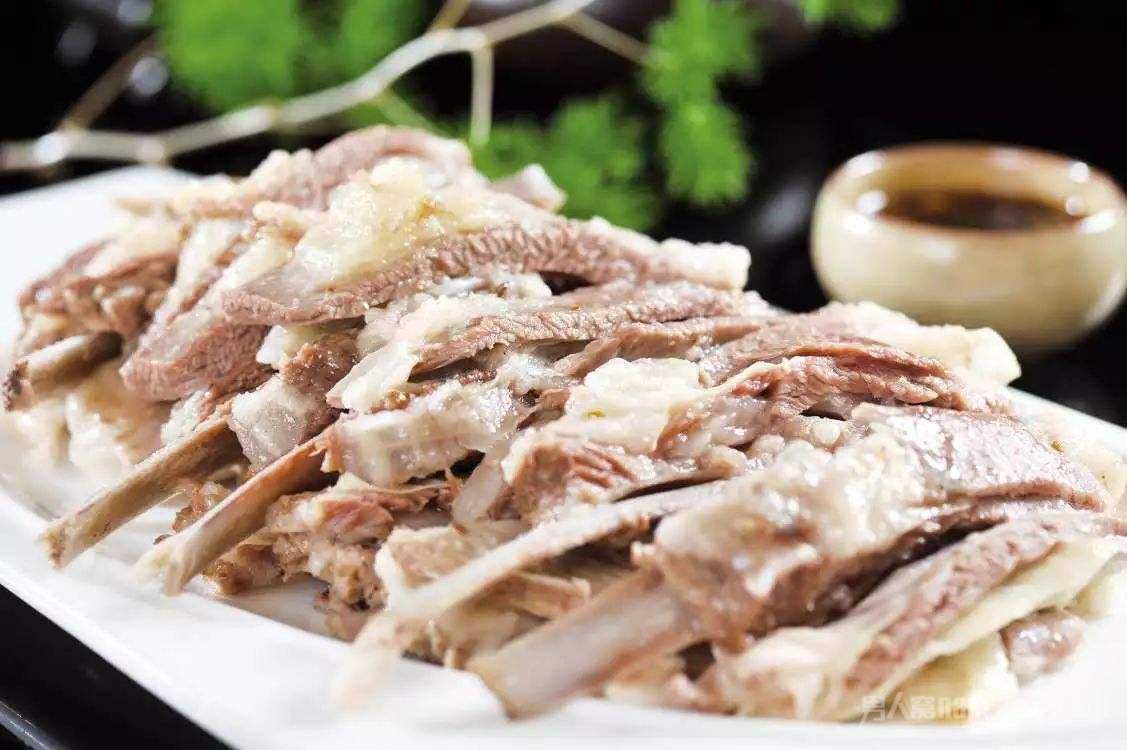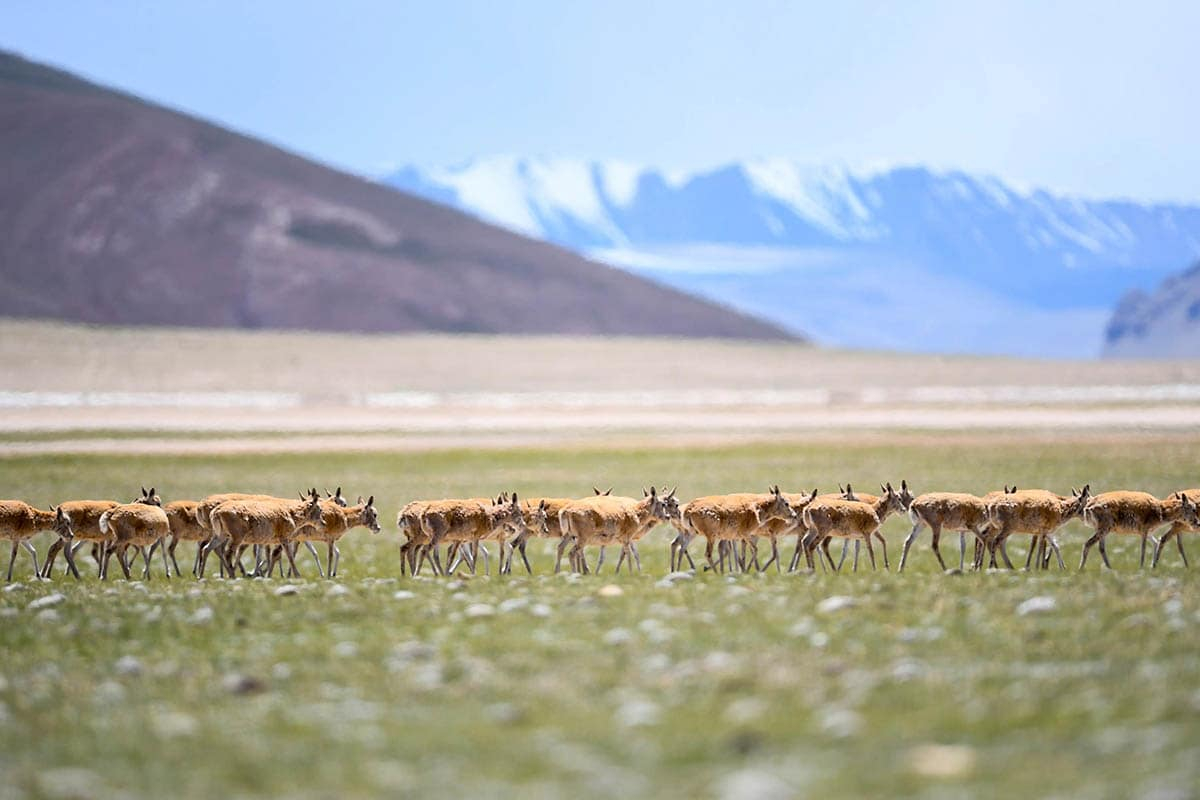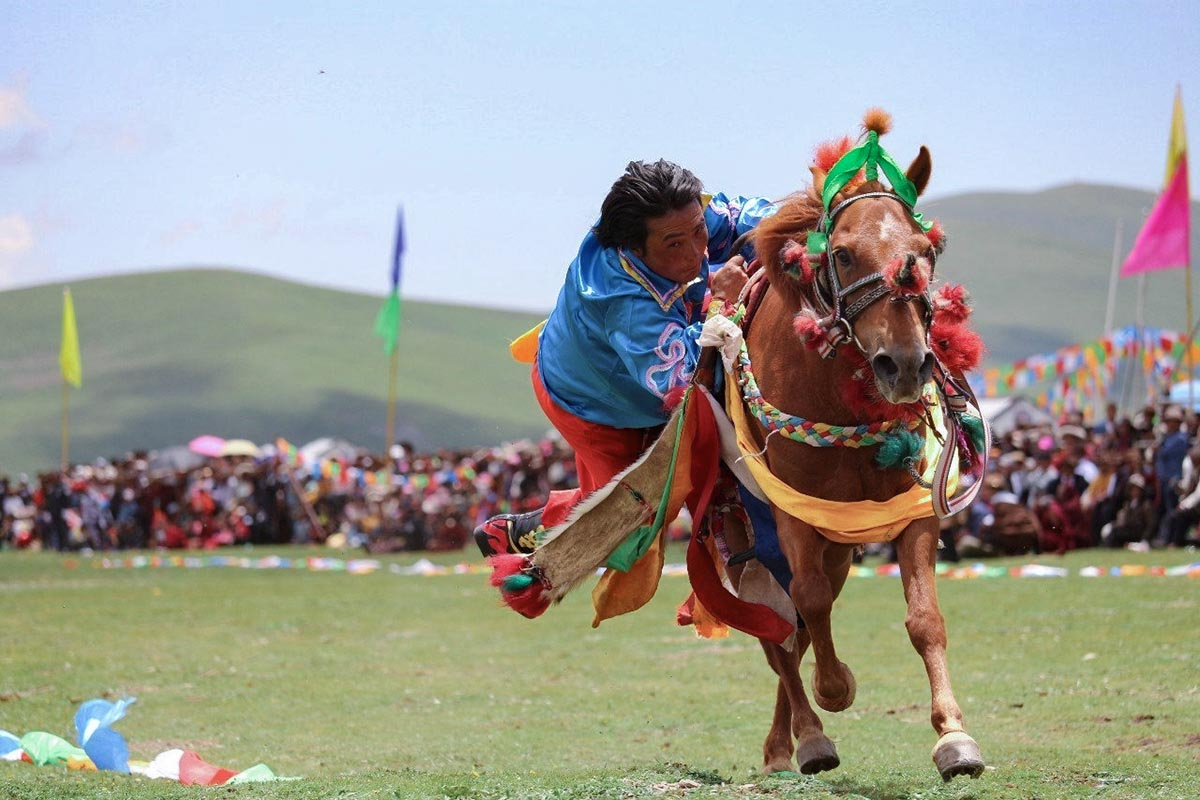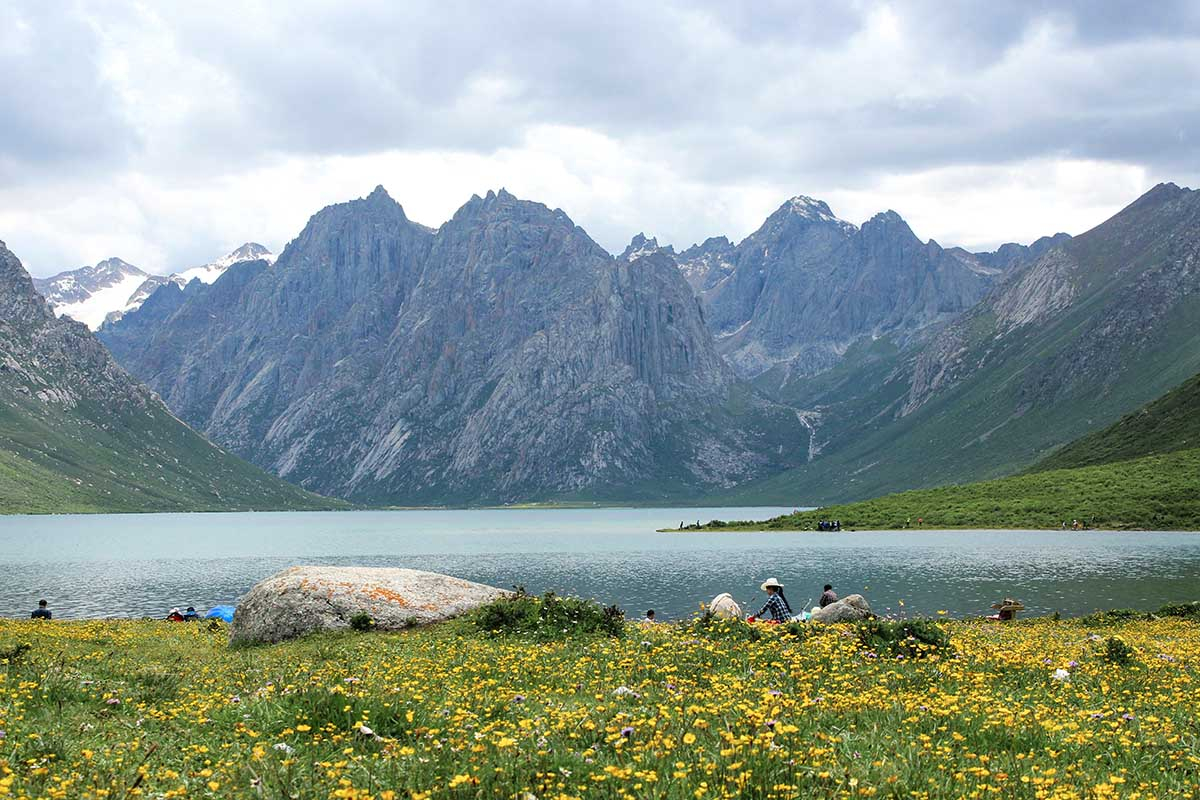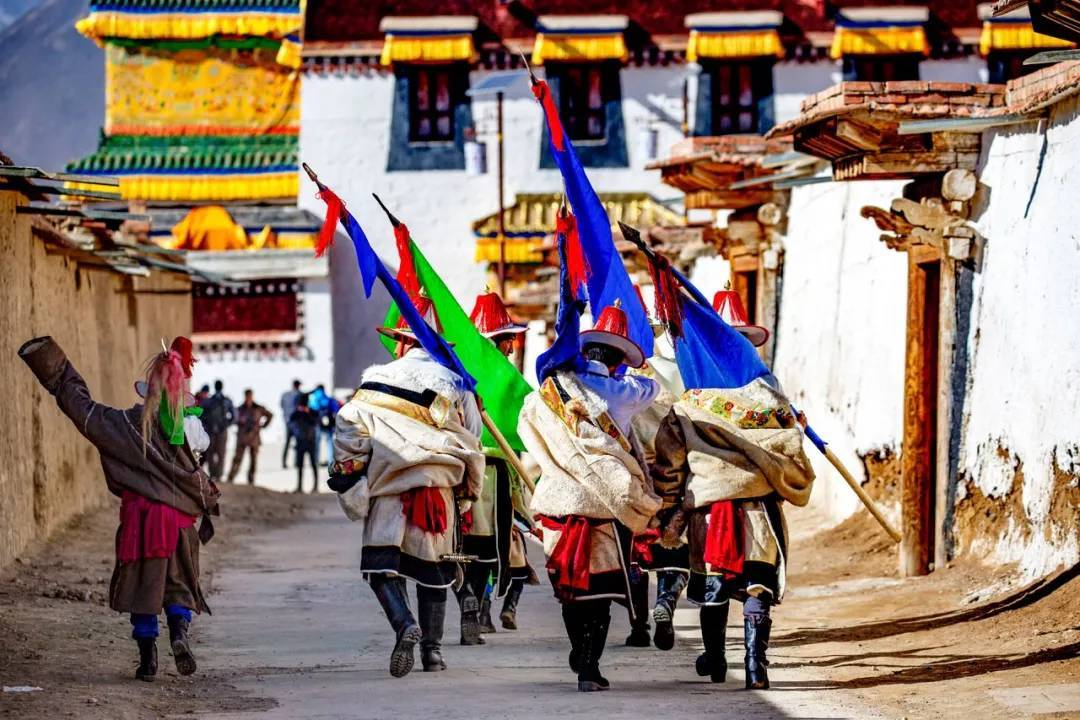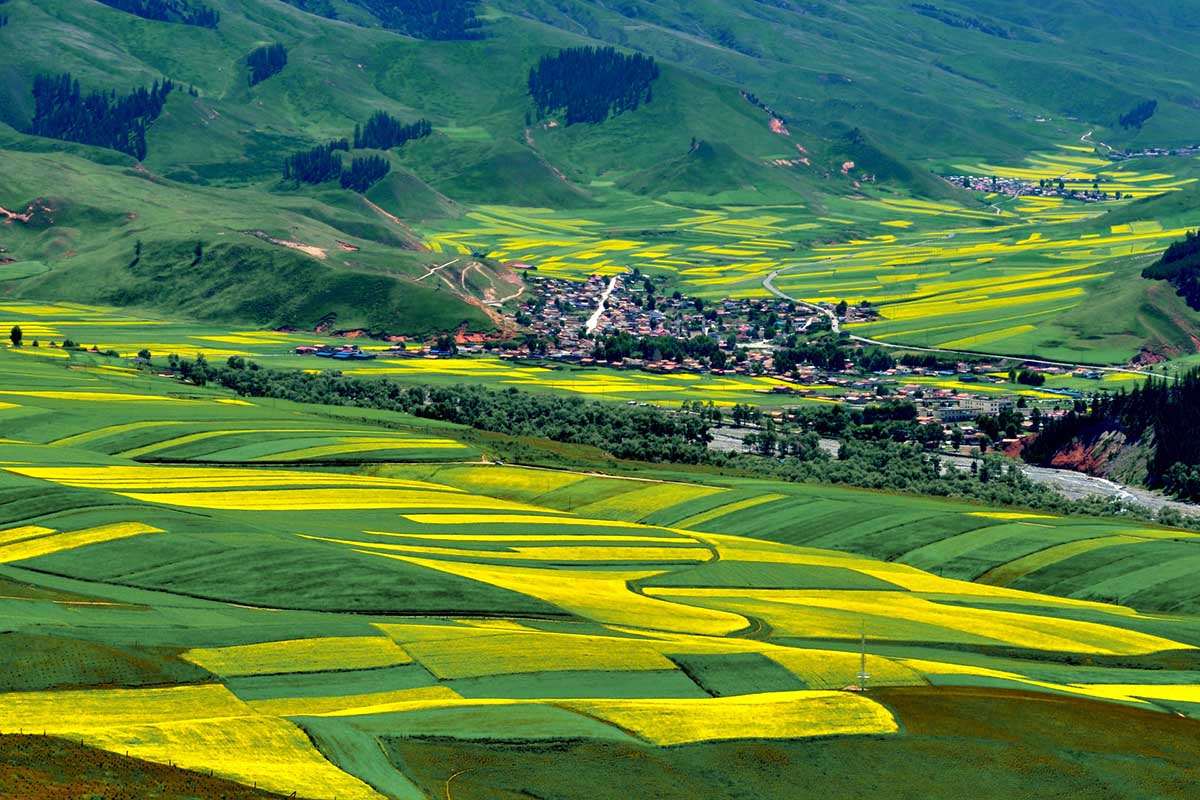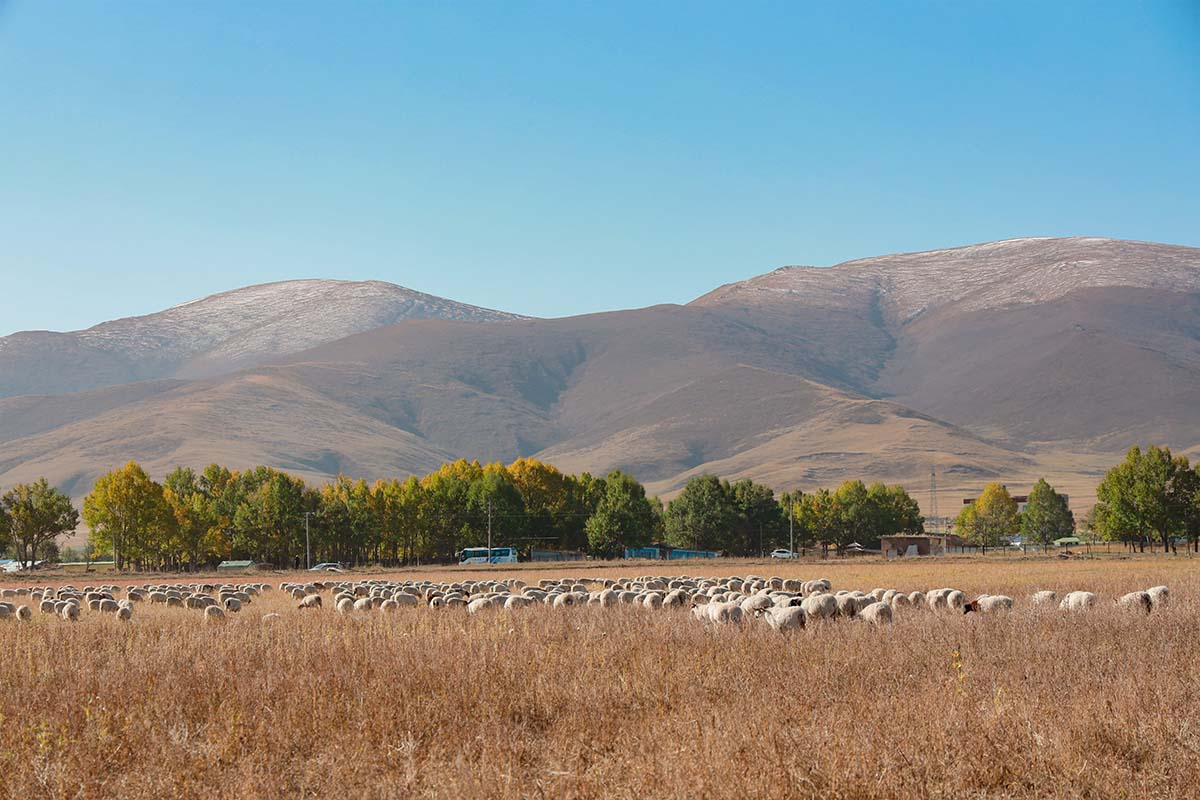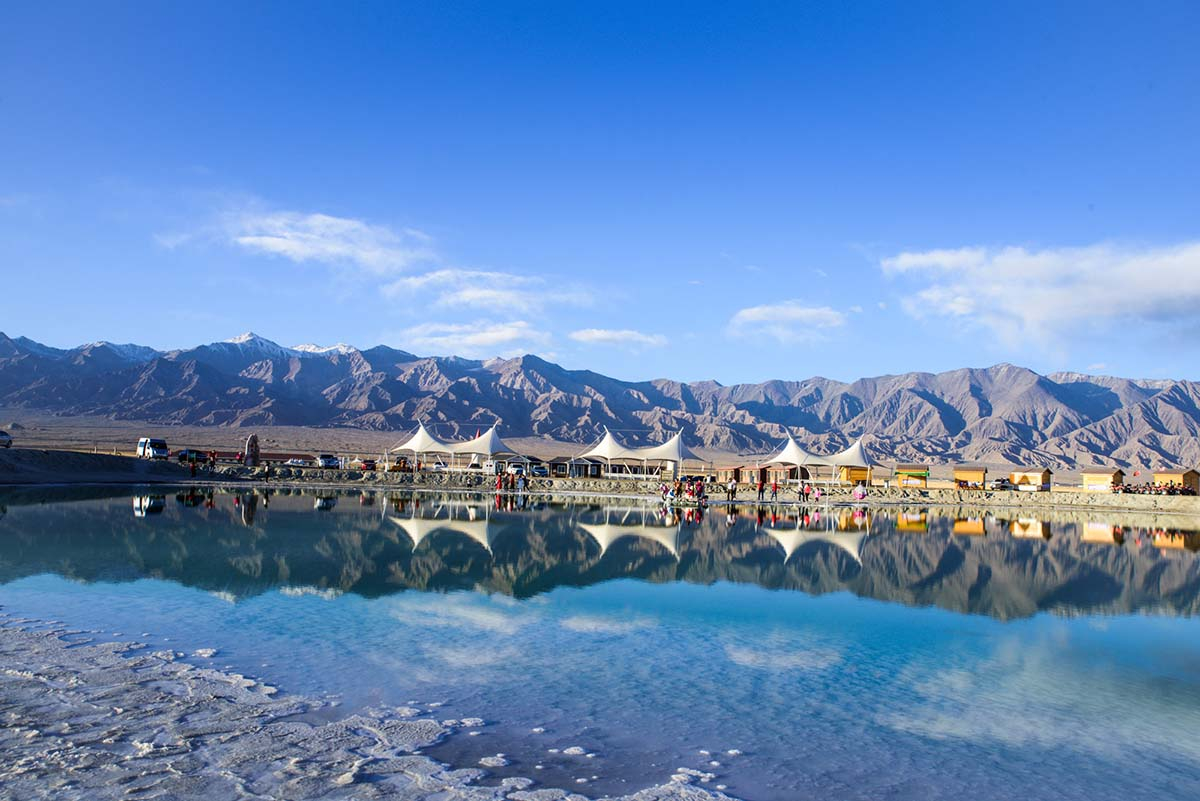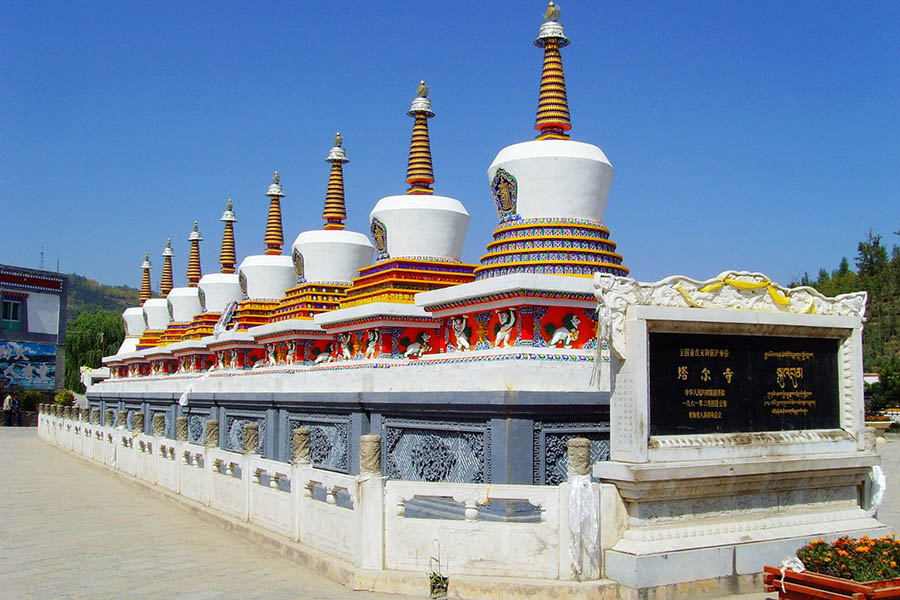Mysterious Hoh Xil-An untouched natural paradise in Qinghai-Tibetan Plateau

Located within the Qinghai-Tibetan Plateau – the largest, highest and youngest plateau in the world. Qinghai Hoh Xil covers a massive area of over 3.7 million hectares, surrounded by a 2.3 million ha buffer zone, which is the largest and highest plateau in the world.
Because of its harsh natural environment, no people live here. Therefore it’s also known as the “forbidden zone for humans” or “mysterious land.” It is one of the regions on earth that humans have little knowledge of, thus preserving it as an untouched natural paradise.
In 2017, Hoh Xil Nature Reserve was included in the World Heritage List.
Hoh Xil is currently a nature reserve with an excellently preserved primitive ecological environment, as well as one of the largest and highest nature reserves with most abundant wildlife resources in China.
This extensive area of alpine mountains and steppe systems is situated more than 4,500 m above sea level, where sub-zero average temperatures prevail all year-round. The site’s geographical and climatic conditions have nurtured a unique biodiversity.
Rolling sand dunes, lofty snow-capped mountains, clear blue lakes, dark green marshes, thriving wild species, along with gentle breezes and floating clouds, constitute this distinctive paradise. It is a forbidden zone for human beings but a paradise of life. It is the mysterious place of scientific investigation, and also the secret world that allures explorers again and again to visit its remote corners.
Geography of Hoh Xil
The region covers 83,000 square kilometres at an average elevation of 4,800 metres above sea level, stretches in the east-west direction between the Tanggula and Kunlun mountain chains in the border areas of southwest China's Tibet Autonomous Region, northwest China's Qinghai Province and China's Xinjiang Uyghur Autonomous Region. The southeastern part of the Hoh Xil, drained by the Chumar River (楚玛尔河), is one of the major headwater sources of the Yangtze River. The rest of the region is endorheic, with drainage to numerous isolated lakes; this area is sometimes described by hydrologists as the "Hoh Xil lake district".45,000 square kilometres of the Hoh Xil region, at an average elevation of 4,600 metres, were designated a national nature reserve in 1995. The UNESCO World Heritage Site is encompassed of the western half of Zhidoi County and western part of Qumarlêb County in Qinghai. Bukadaban Feng is considered part of Hoh Xil.
● The World's Third Pole and third largest no-man zone
Qinghai Hoh Xil is sometimes referred to as the world’s “third pole”, due to its frigid climatic extremes. The plateau’s many glaciers, rivers, streams and lakes feed one of the most important sources of freshwater on the planet.
Due to its high altitude, the wind is strong, the temperature is low, and water and oxygen are scarce. Therefore, it is not an inhabitable area for human beings.
Hoh Xil is also known as the "Life Forbidden Zone" and the "Third Pole" of the world. Which is much more dangerous than the other three no-man's land in China, Lop Nur, Altyn and Qiangtang.
As a result of human’s absence, Hoh Xil is able to preserve its original state.A lot of beautiful landscapes, including glaciers, valleys, and lakes, can be seen anywhere in the reserve. Among all lakes, Ulan Ul Lake, with an area of over 130,000 acres, is the largest here and also the fourth largest in Qinghai.
● The Last Land that Remains in its Original State
With the absence of humans, Hoh Xil has preserved its primitive state. The reserve boasts a particularly beautiful landscape including valleys, glaciers, frost mounds, stone forests, and boiling springs. The vast undulating hills and plains give wide vistas. In addition, rivers of all sizes cross on nearly all the whole reserve. There are 107 lakes with an area of over 247 acres, and over 7,000 smaller lakes. Of all the lakes, Ulan Ul Lake, with an area of over 130,000 acres is the largest and is also the fourth largest lake in Qinghai.
● The Kingdom of Wild Animals
The unique geographical formation and climatic conditions here nurture a similarly unique biodiversity.
Despite the harsh climate, Hoh Xil is home to more than 230 species of wild animals, 20 of which are under Chinese state protection, including the wild yak, wild donkey, white-lip deer, brown bear and the endangered Tibetan antelope or chiru.
More than one third of the plant species, and all the herbivorous mammals dependent on them are endemic to the plateau, and 60% of the mammal species as a whole are plateau endemics.
Hoh Xil provides crucial habitat for the Tibetan wild yak, with up to 50% of the world’s species’ population living in the site.
● Tibetan antelope in Hoh Xil
The frigid alpine grasslands and meadows surrounding Hoh Xil's lake basins are the main calving grounds for populations of Tibetan antelope from across the plateau.
The complete life cycle of the Tibetan antelope can be seen here.Females congregate to the site after a long migration and give birth to some 30,000 calves.
This route, despite being challenged by crossing the Qinghai-Tibet Highway and Railway, is the best protected among all migration routes of Tibetan antelope known today.
Patrol rangers guard their slowly growing numbers from poachers and other dangers on the plateau.
- HOTEST
- RECOMMEND
